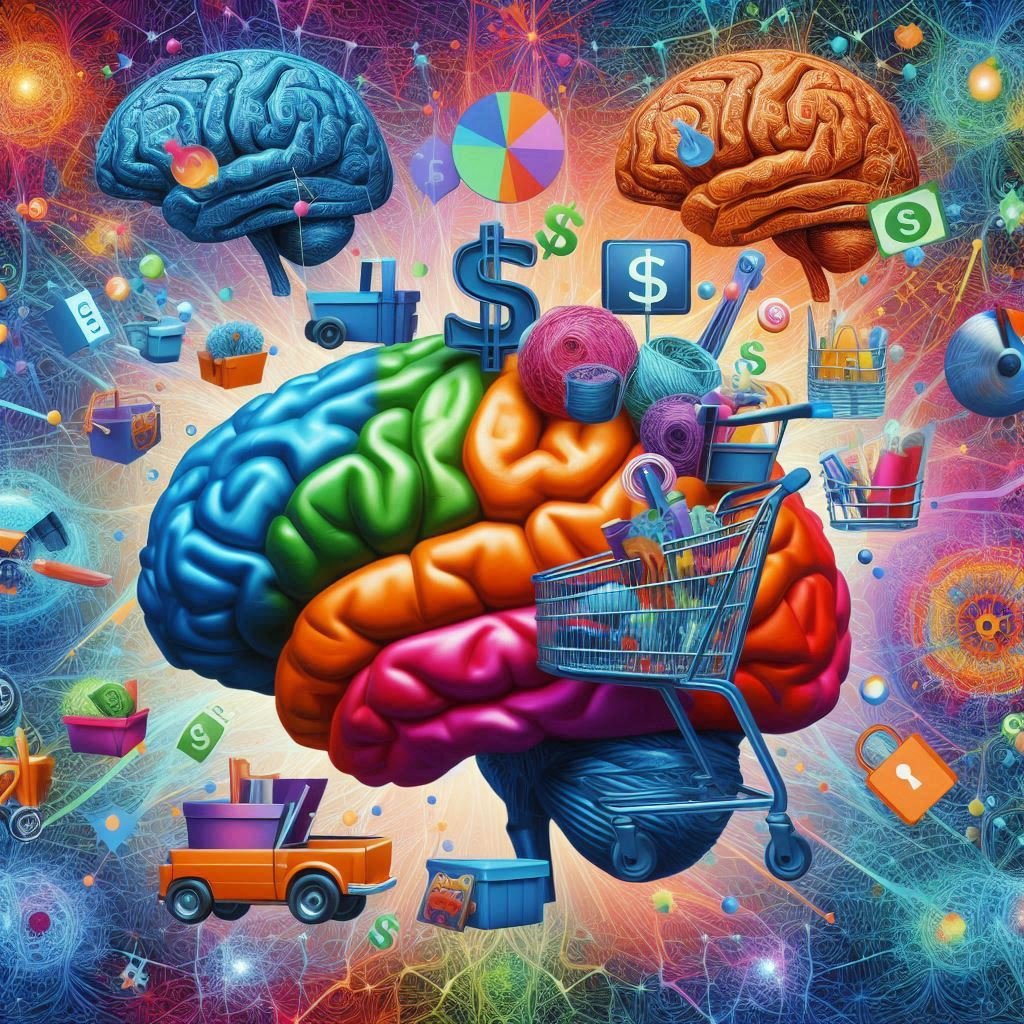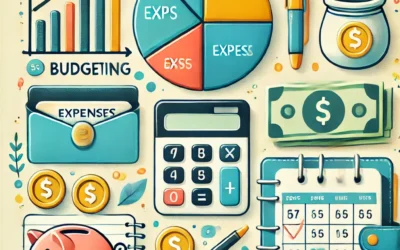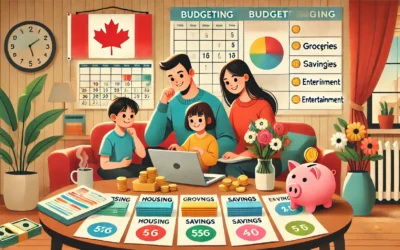The Psychology of Spending
Ever found yourself holding a shiny new gadget or a stylish outfit, wondering, “Did I really need this?” You’re not alone. We’ve all been there, caught in the allure of something we didn’t plan to buy. But what’s driving this impulse to spend on things that aren’t essential? Let’s dive deep into the fascinating world of our spending psyche.
The Invisible Strings: Understanding Our Inner Motivations
The Dopamine Rush
Every time we anticipate a reward, our brain releases dopamine, the feel-good neurotransmitter. This isn’t just about the moment of purchase; it’s the thrill leading up to it. That buzz you get scrolling through online stores or wandering in a mall? That’s your brain’s reward system lighting up.
- Anticipation Over Acquisition: Studies show that the dopamine surge is stronger during the anticipation phase than after acquiring the item. It’s the chase, not the catch, that excites us.
Social Proof and Keeping Up Appearances
We’re inherently social creatures. What others think of us matters, whether we admit it or not.
- The Joneses Syndrome: The urge to keep up with friends, neighbors, or influencers can drive us to make unnecessary purchases.
- Fear of Missing Out (FOMO): Limited-time offers and flash sales play on this fear, pushing us to buy now rather than later.
Emotional Spending as a Coping Mechanism
Emotions significantly impact our spending habits.
- Retail Therapy: Shopping can be a way to cope with stress, boredom, or sadness. It offers a temporary escape or a sense of control.
- Rewarding Ourselves: After a tough day or a big achievement, we might feel we deserve that indulgent purchase.
The Allure of Novelty
Humans are wired to seek new experiences.
- Hedonic Adaptation: We quickly get used to things we own, diminishing their pleasure over time. Seeking novelty rekindles excitement.
- Marketing’s Role: Advertisers capitalize on this by constantly releasing updates and new models, making older versions feel obsolete.
The External Triggers: How Environment Shapes Spending
The Power of Advertising
Modern advertising doesn’t just sell a product; it sells a lifestyle.
- Emotional Appeals: Ads often tap into our desires—love, success, confidence—to create a connection.
- Scarcity Tactics: Phrases like “Only 2 left!” or “Sale ends tonight!” create urgency.
Easy Access to Credit
With credit cards and buy-now-pay-later options, the barrier to purchase is lower than ever.
- Delayed Pain: Paying with credit delays the “pain” of parting with cash, making it easier to overspend.
- Minimum Payments Trap: Small required payments can mask the real cost over time.
Store Layout and Online Algorithms
Both physical and online stores are designed to encourage spending.
- Sensory Experiences: Stores use lighting, music, and scents to enhance the shopping experience.
- Personalized Recommendations: Online algorithms suggest products based on browsing history, tempting us with items we’re likely to want.
The Identity Factor: Who We Are vs. What We Buy
Buying as Self-Expression
We often use purchases to express our identity or aspire to a desired self-image.
- Brand Associations: Certain brands are linked with statuses or lifestyles we might want to embody.
- Unique Purchases: Buying niche or artisan products can reflect a desire to stand out.
Filling the Void
Sometimes, we shop to fill an intangible gap.
- Seeking Fulfillment: There’s a hope that the next purchase will bring happiness or completeness.
- Distraction: Acquiring new things can momentarily distract us from deeper issues or dissatisfaction.
Breaking the Cycle: Becoming Mindful Spenders
Recognize Emotional Triggers
Awareness is the first step.
- Keep a Spending Journal: Note down purchases and what you were feeling at the time.
- Pause Before Purchasing: Implement the 24-hour rule to curb impulse buys.
Set Clear Financial Goals
Having defined objectives can steer you away from unnecessary spending.
- Budgeting: Allocate funds for essentials, savings, and wants.
- Visual Reminders: Keep reminders of your goals—like a dream vacation spot—as motivation.
Limit Exposure to Temptation
Control the environment to reduce spending cues.
- Unsubscribe: Remove yourself from promotional emails and notifications.
- Avoid Leisure Browsing: Shop with a purpose, not as a pastime.
Find Alternative Rewards
Seek fulfillment beyond material possessions.
- Experiences Over Things: Invest in experiences that create lasting memories.
- Hobbies and Passions: Engage in activities that bring joy and satisfaction without a price tag.
The Bigger Picture: Societal Impacts
Environmental Considerations
Overconsumption has environmental repercussions.
- Waste Generation: Unneeded products often end up in landfills.
- Resource Depletion: Excessive demand leads to overuse of natural resources.
Cultural Shift Towards Minimalism
There’s a growing movement challenging the notion that more is better.
- Quality Over Quantity: Focusing on fewer, higher-quality items.
- Mindful Consumption: Making deliberate choices that align with personal values.
Final Thoughts: Navigating a Consumerist World
Understanding why we buy things we don’t need isn’t about guilt—it’s about empowerment. By recognizing the psychological and societal forces at play, we can make more informed decisions that truly serve our well-being.
Remember, it’s not about never indulging but about making choices that align with who we are and who we aspire to be. Next time you’re tempted by that impulsive buy, pause and ask: “Does this bring genuine value to my life?”



